1. The Bristlecone Pine (Methuselah Tree)
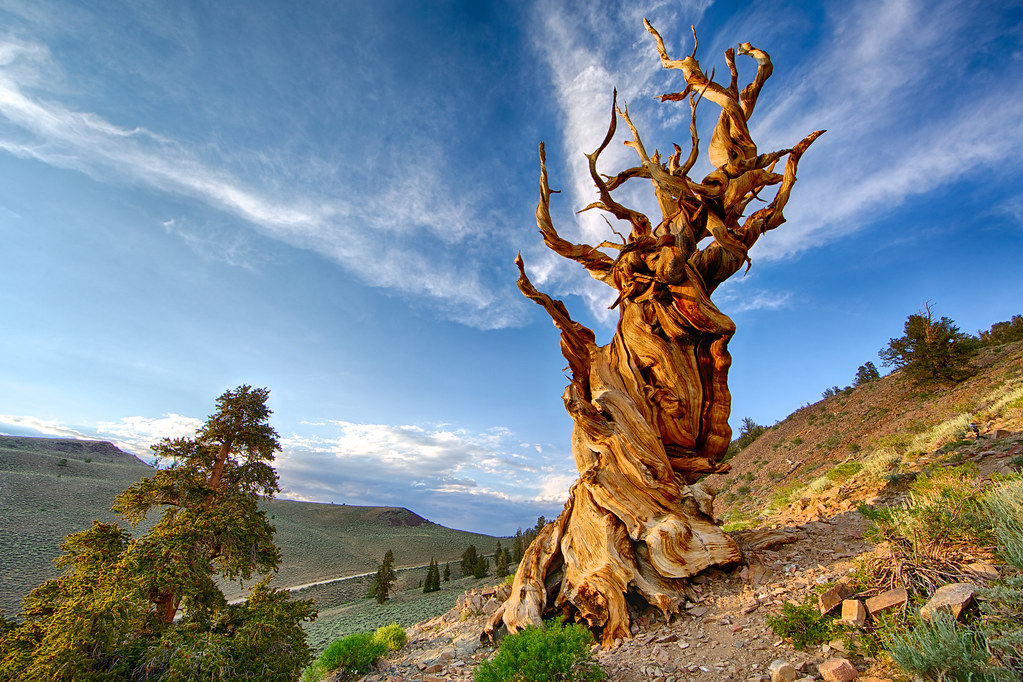
Flickr
High in California’s White Mountains stands the Methuselah Tree, a bristlecone pine estimated to be over 4,800 years old. These trees thrive in environments where few others can: high altitudes with rocky soils, freezing temperatures, and relentless winds. Their gnarled, twisted trunks tell stories of resilience, with every ring marking another year of survival in unforgiving conditions. Methuselah’s astonishing age makes it one of the oldest known individual trees, a living connection to ancient times. Visiting this tree is like stepping into a time capsule, surrounded by the quiet dignity of a life that has witnessed millennia of Earth’s history.
2. The King’s Holly

Flickr
In the wilds of Tasmania grows a remarkable plant called the King’s Holly, or Lomatia Tasmanica. This ancient shrub doesn’t reproduce through seeds like most plants but clones itself, creating genetically identical copies for over 43,000 years. That means every plant in a King’s Holly population is essentially the same individual, just spread out over space and time. Sadly, this living relic is critically endangered, with only a handful of plants left in the wild. Its survival highlights the delicate balance between nature’s resilience and the challenges posed by modern environmental threats, reminding us of the fragility of even the oldest life forms.
3. The Immortal Jellyfish

Animalia
Imagine being able to cheat death—not metaphorically, but literally. That’s the case with Turritopsis Dohrnii, the so-called “immortal jellyfish.” Found in oceans around the world, this tiny creature has the unique ability to revert its cells to an earlier stage of development. When threatened or injured, it transforms back into a polyp, essentially starting its life cycle anew. This biological reset button has fascinated scientists, as it holds potential clues to aging and regeneration. While predators or disease can still end their lives, the jellyfish’s ability to avoid aging makes it one of nature’s most mysterious and extraordinary creatures.
4. Antarctic Glass Sponges
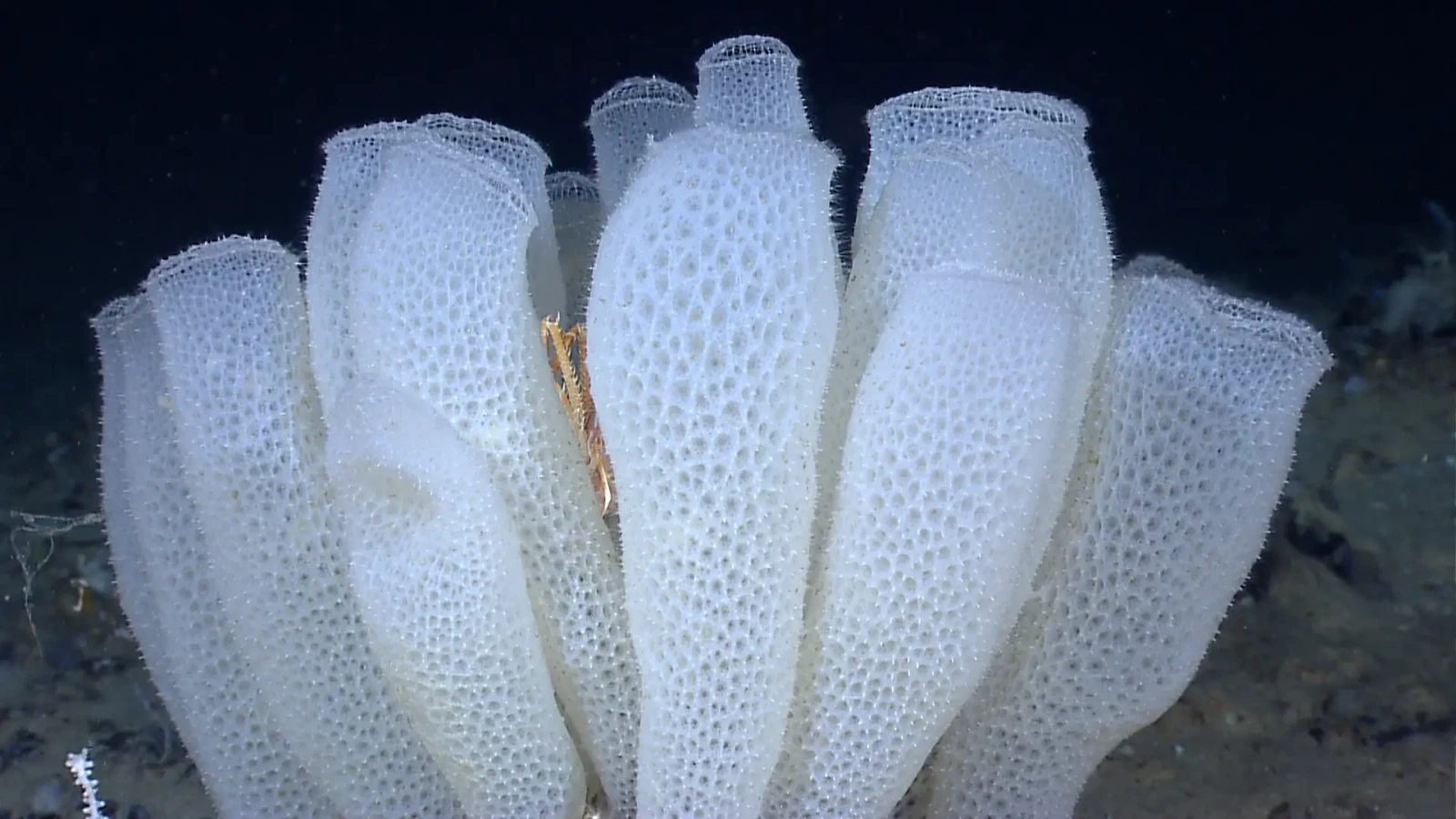
Animalia
Living in the freezing waters of Antarctica, glass sponges have a hauntingly beautiful, translucent structure that makes them seem more like works of art than living creatures. These sponges can live for over 10,000 years, growing at an almost imperceptible pace. Their silica-based skeletons are uniquely adapted to filter nutrients from nutrient-rich Antarctic waters. Despite their simplicity, they play an essential role in marine ecosystems, providing habitats for other species. Their ability to survive in such harsh, frigid conditions speaks volumes about the adaptability of life, even in the most unforgiving corners of the planet.
5. The Quaking Aspen Colony of Pando
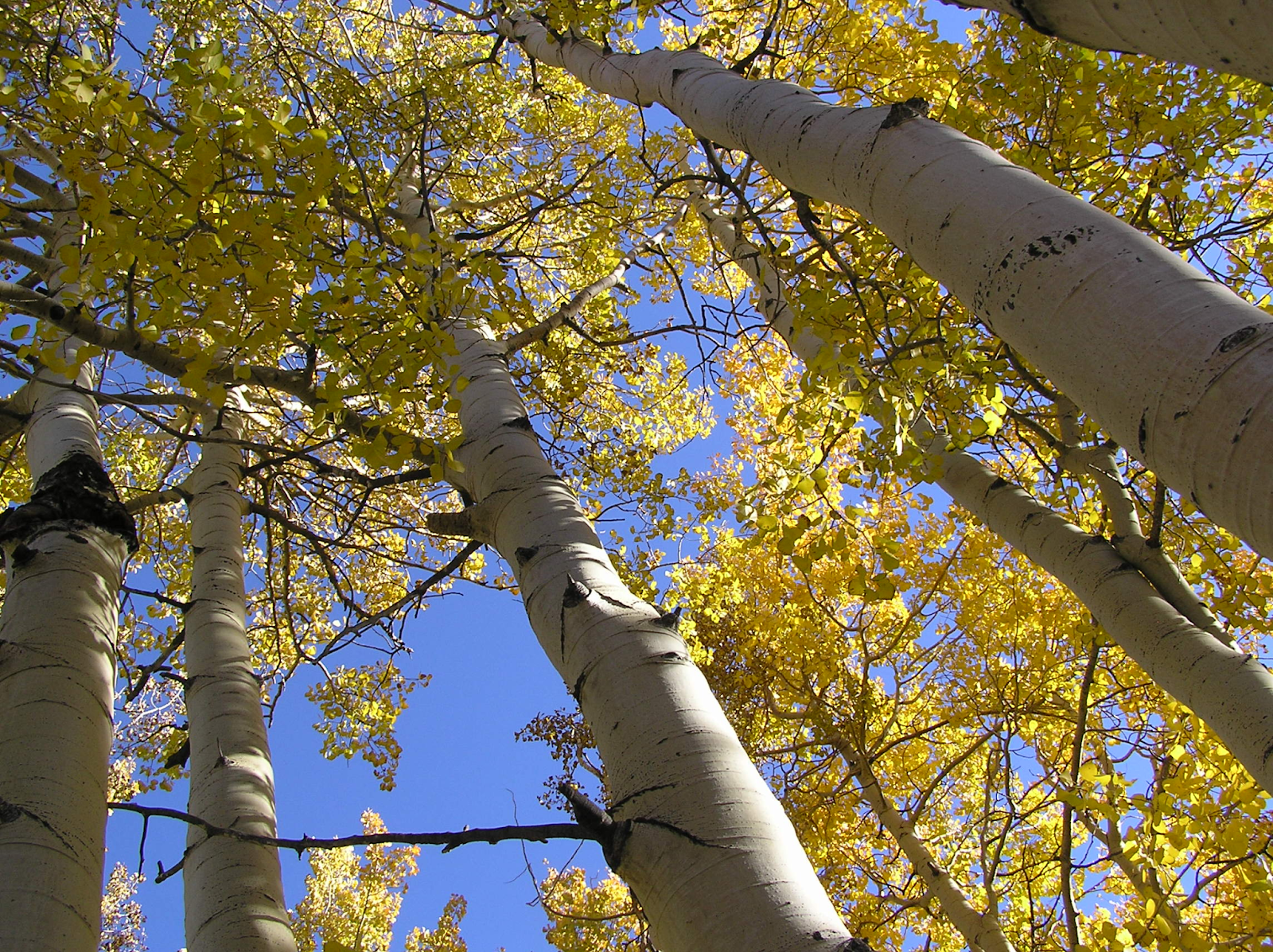
Wikimedia Commons
In the forests of Utah lies Pando, a clonal colony of quaking aspens that looks like a grove of individual trees but is, in fact, a single organism. These trees share an interconnected root system, making Pando a living network that has existed for over 80,000 years. That’s older than most human civilizations. The trees may look independent, but their genetic code is identical, and the root system constantly regenerates new growth. Despite its age, Pando faces modern threats like human activity and climate change, which challenge its incredible resilience. Pando is a powerful reminder of nature’s interconnectedness and endurance.
6. Huon Pine

Flickr
Tasmania is home to another ancient marvel: the Huon pine. These slow-growing trees can live for over 10,500 years, making them some of the oldest known plants. Unlike many other trees, Huon pines are incredibly resistant to decay, which is one of the secrets to their longevity. They often grow in isolated, undisturbed valleys, where their slow but steady growth has continued uninterrupted for millennia. For indigenous Tasmanians, the Huon pine holds cultural and ecological significance, representing endurance and the natural world’s ability to stand the test of time.
7. Welwitschia mirabilis: The Desert Survivor
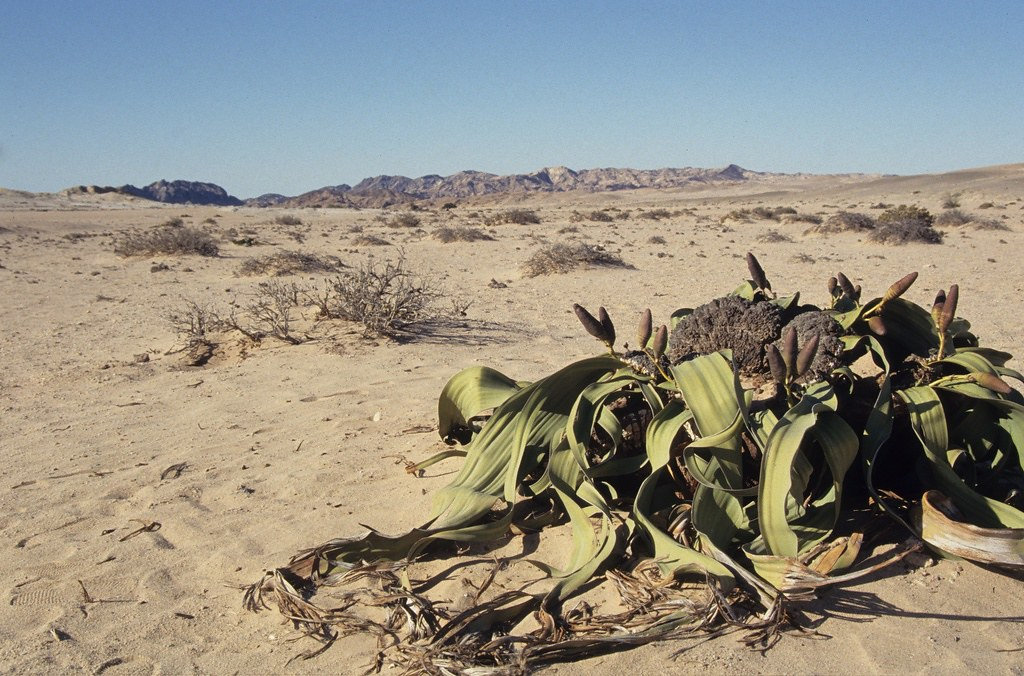
Flickr
In the arid deserts of Namibia and Angola grows one of the most peculiar and resilient plants on Earth: Welwitschia mirabilis. This plant is a botanical oddity, with just two leaves that grow continuously throughout its life, eventually twisting and fraying into a tangle of green ribbons. Some specimens are estimated to be over 2,000 years old. What’s truly remarkable is how this plant survives in such a harsh environment, where rainfall is minimal and temperatures can be extreme. It gathers moisture from fog and has adapted to conserve water in every possible way. Its resilience in such a hostile landscape makes it a symbol of nature’s ingenuity.
8. Sentry Milk-Vetch

Flickr
Perched precariously on the cliffs of the Grand Canyon, the Sentry Milk-Vetch is a small, unassuming plant with a remarkable history. While individual plants don’t live thousands of years, the species itself is incredibly ancient, having survived in isolation for millennia. Its ability to cling to life in rocky outcrops and arid conditions highlights its adaptability. Unfortunately, its rarity also makes it vulnerable to habitat destruction, reminding us of the delicate balance required to protect Earth’s biodiversity. The Sentry Milk-Vetch may not seem impressive at first glance, but its resilience in such a unique environment tells a powerful story of survival against the odds.
9. Mojave Desert Creosote Bush
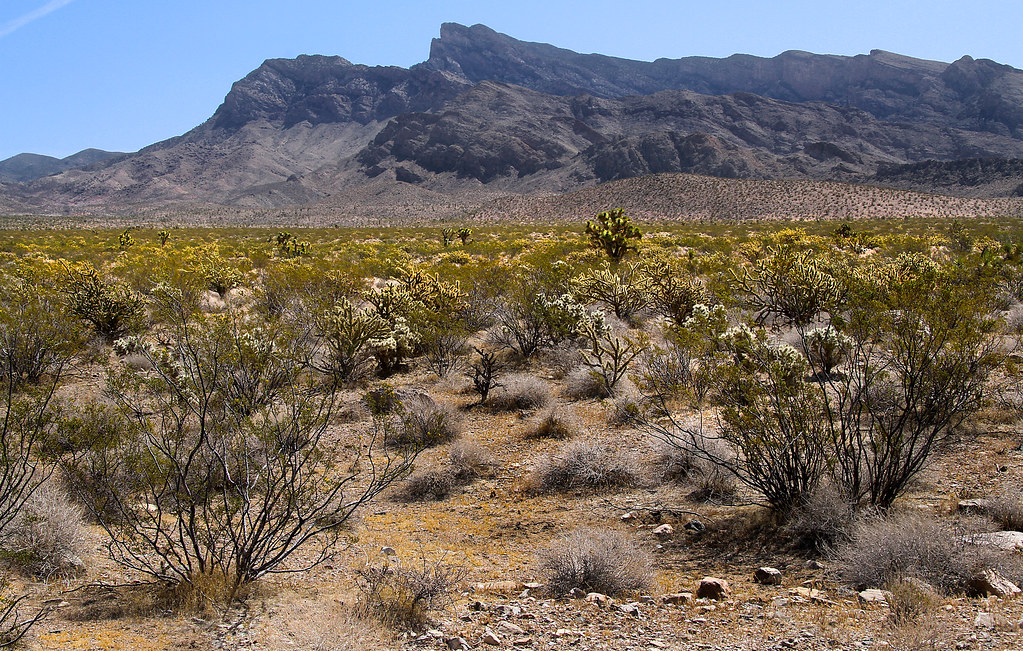
Flickr
In the vast, sun-scorched Mojave Desert grows a humble survivor: the creosote bush. This plant forms clonal rings that can live for over 11,700 years, making it one of the oldest living plant systems on Earth. Its secret to longevity lies in its ability to clone itself, sending out new shoots while older ones die off. This cycle allows the plant to adapt and persist in an environment where water is scarce, and temperatures soar. Despite its unassuming appearance, the creosote bush is a testament to endurance, thriving quietly in the harsh desert while other plants struggle to survive.
10. Deep-Sea Black Coral
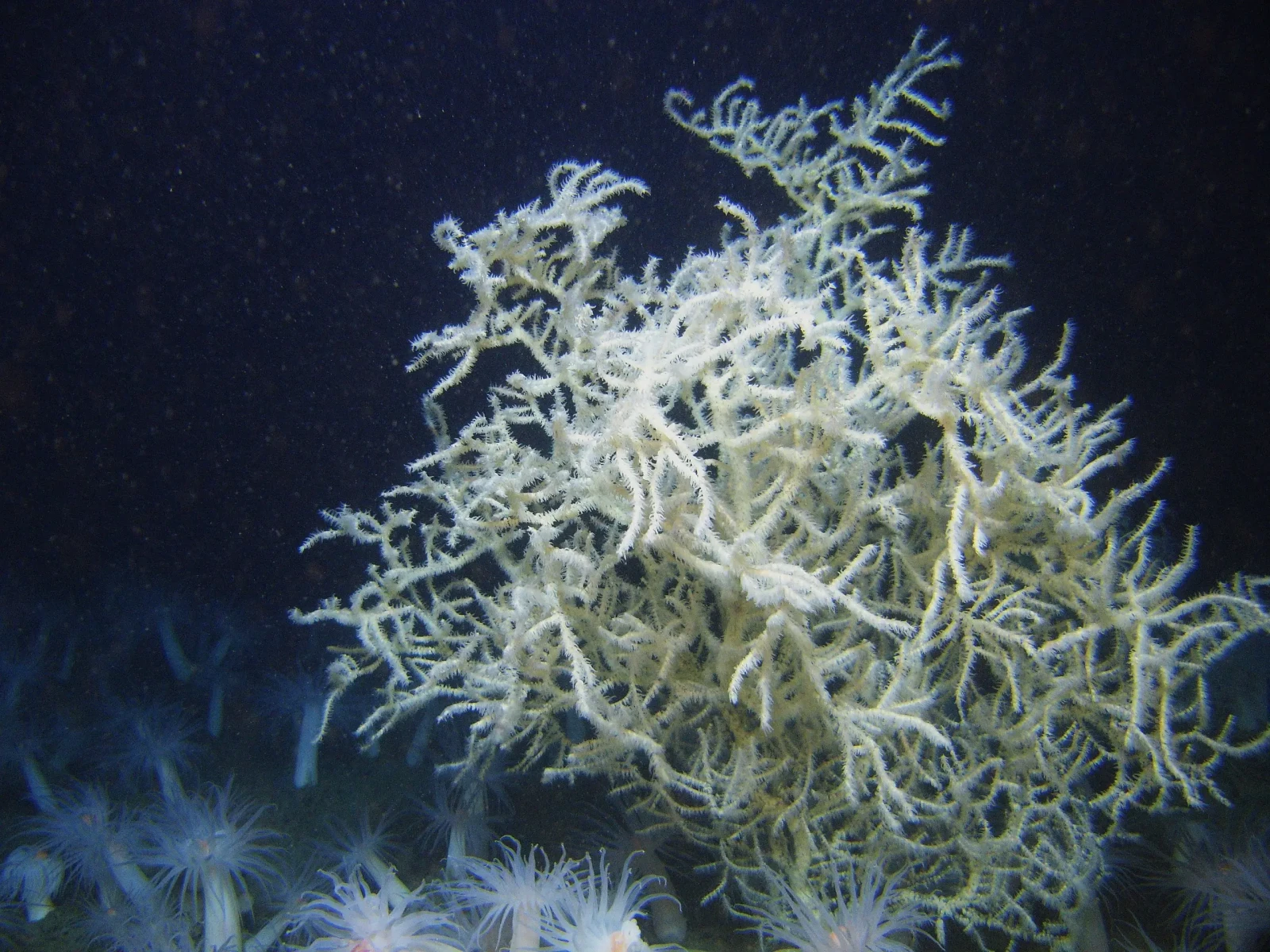
Animalia
When you think of coral, vibrant reefs probably come to mind, but deep-sea black coral is a different story. Found in the cold, dark depths of the ocean, these corals can live for over 4,000 years. Their wiry, skeletal appearance is far from the colorful coral gardens we know, but their longevity is nothing short of remarkable. Growing at an incredibly slow rate, black coral stands as a silent sentinel in the deep, a record keeper of ocean history. Their long lifespan offers scientists a window into changes in the marine environment over millennia, reminding us how much the ocean still holds undiscovered.
11. Giant Barrel Sponge

Animalia
Nicknamed the “Redwood of the Reef,” the giant barrel sponge is a coral reef inhabitant with an impressive lifespan that can stretch for thousands of years. These massive sponges filter vast amounts of water, playing a crucial role in their ecosystems. Some of the oldest barrel sponges are estimated to be over 2,000 years old, though their slow growth rate makes pinpointing their exact age difficult. They can grow to enormous sizes, creating habitats for countless marine species. The quiet, steadfast life of a giant barrel sponge is a reminder of the intricate interdependence within reef ecosystems, where every organism plays a vital role.
12. Llangernyw Yew
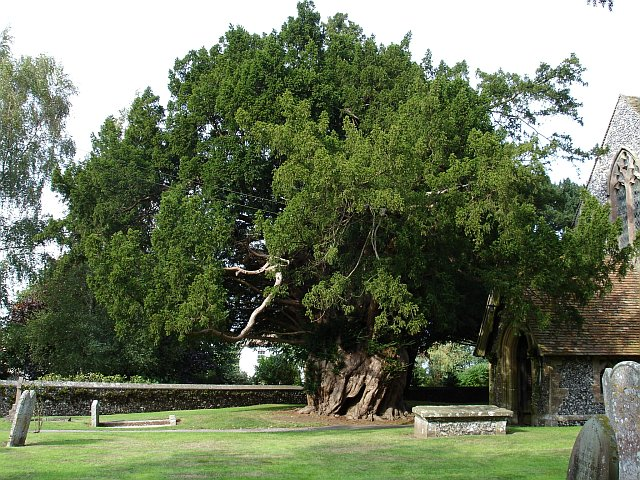
Geograph
Deep in the Welsh countryside, the Llangernyw Yew stands as a living monument to history. Estimated to be over 5,000 years old, this ancient tree has seen humanity evolve from the Neolithic era to the modern day. Yews are often associated with mythology and sacred sites, and this one is no exception. Nestled in a churchyard, the Llangernyw Yew has an almost otherworldly presence, with its gnarled, hollowed trunk and vibrant foliage. It’s not just a tree but a symbol of endurance and spirituality, connecting generations of people to the natural world and the mysteries of time.
13. Greenland Shark
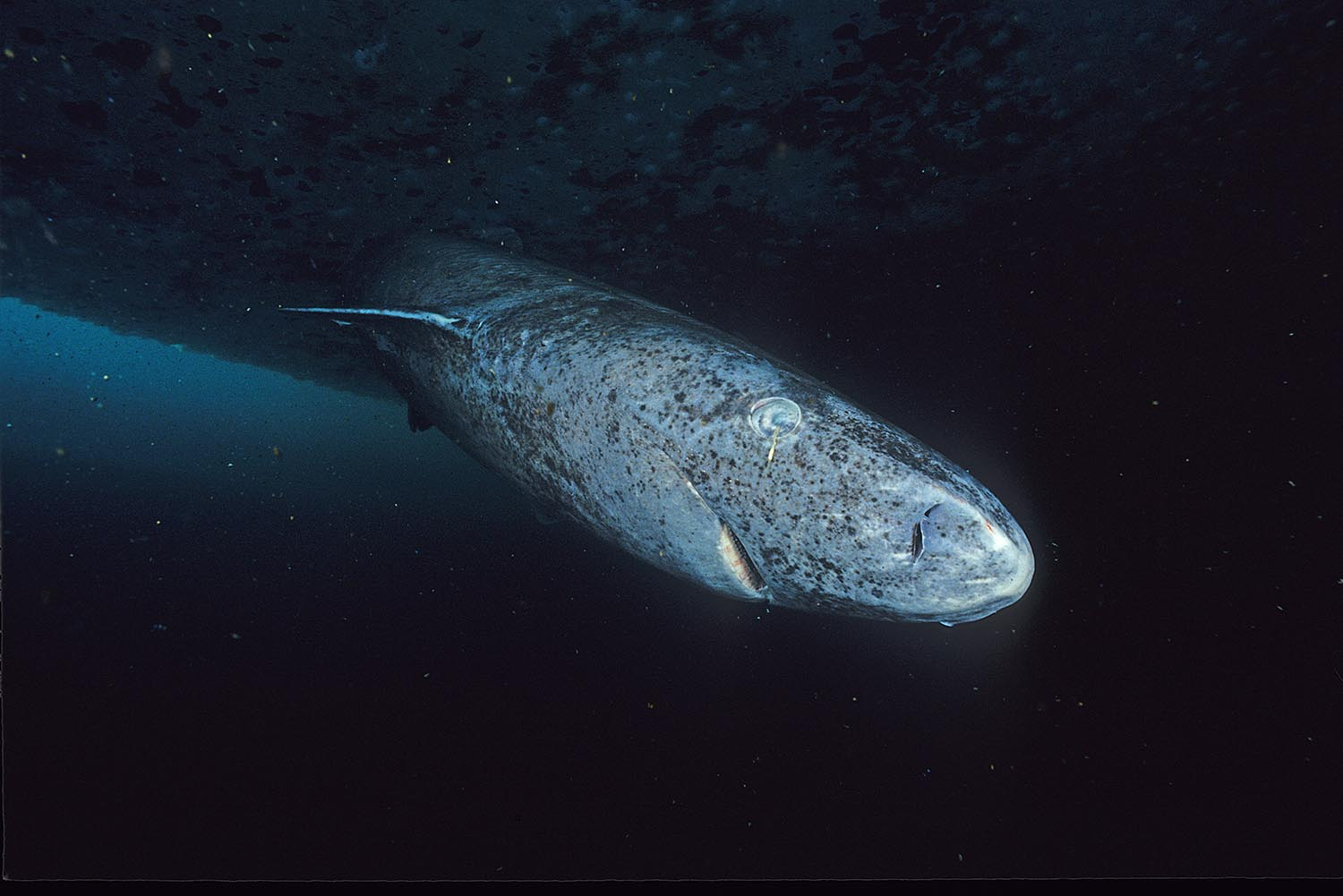
Wikimedia Commons
The Greenland shark is the oldest known vertebrate, with lifespans reaching up to 500 years. These slow-moving giants inhabit the icy waters of the Arctic, where their sluggish metabolism contributes to their remarkable longevity. Growing just a centimeter per year, Greenland sharks don’t reach maturity until they’re over a century old. Their incredible lifespans mean they’ve lived through monumental changes in the oceans, from the Industrial Revolution to the modern climate crisis. Scientists are fascinated by their biology, hoping to uncover secrets about aging and resilience. The Greenland shark reminds us of the hidden marvels lurking in the depths of our oceans.
14. The Old Tjikko Spruce
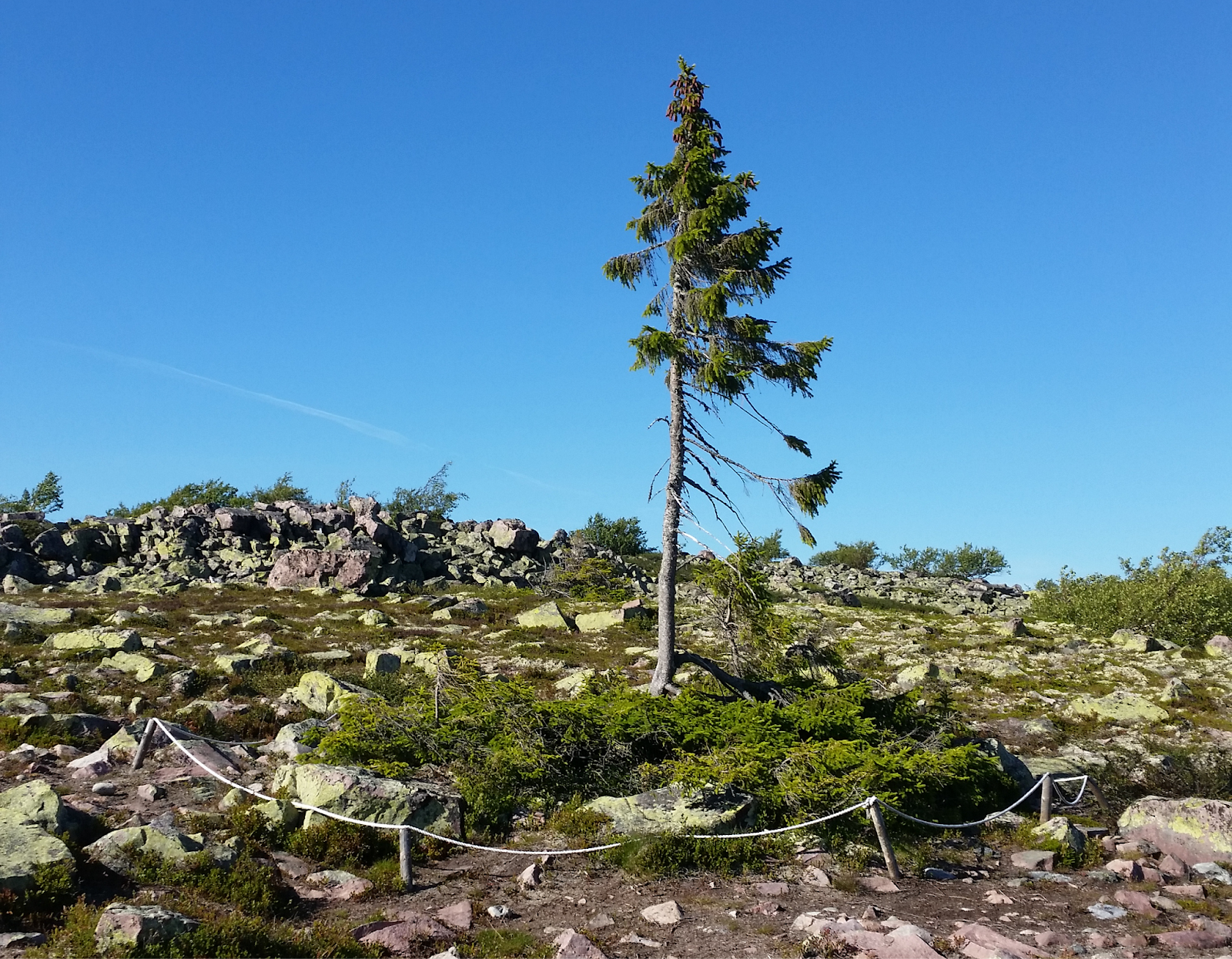
Wikimedia Commons
On a windswept mountainside in Sweden stands Old Tjikko, a clonal tree estimated to be over 9,500 years old. While its visible trunk is relatively young, the root system beneath has survived since the end of the last Ice Age. Old Tjikko regenerates by sprouting new trunks as older ones die, allowing it to persist through millennia. Its survival is a testament to nature’s resourcefulness, adapting to harsh conditions and enduring changes in climate. Visiting Old Tjikko is like standing in the presence of an ancient guardian, a living witness to nearly 10,000 years of Earth’s history.
15. Hydra: The Regenerating Creature
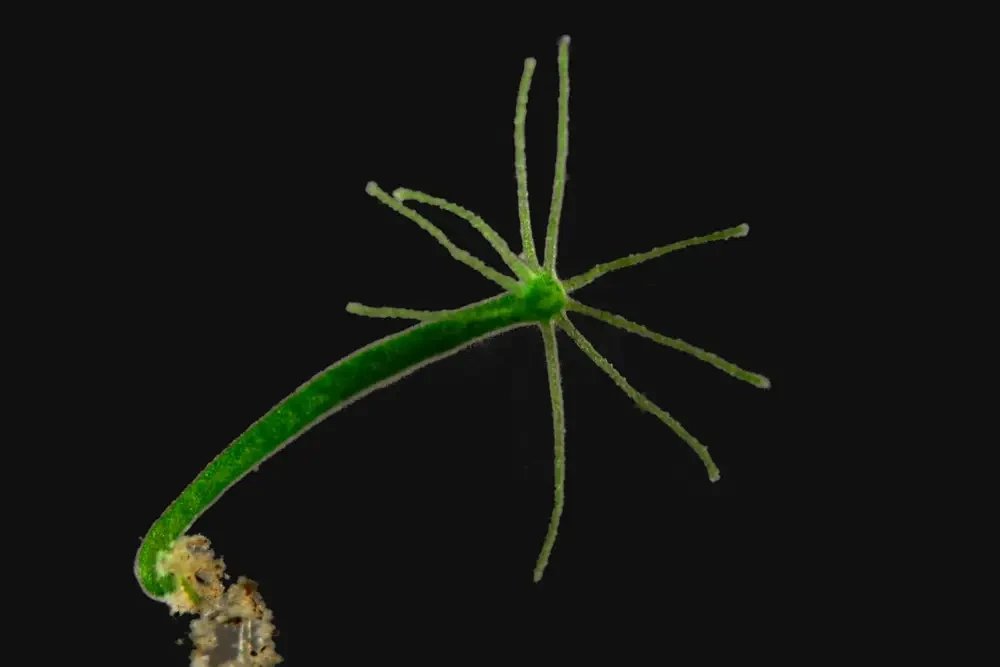
Animalia
Hydras, tiny freshwater organisms, possess an incredible ability to regenerate their cells, making them theoretically immortal under the right conditions. Unlike most creatures, hydras don’t experience aging; instead, their cells continuously renew themselves. This perpetual renewal has fascinated scientists, as it challenges our understanding of biology and the aging process. While hydras are vulnerable to predators and environmental changes, their regenerative abilities make them a unique wonder in the animal kingdom. Studying these tiny organisms may one-day help unlock the secrets to longevity, proving that even the smallest creatures can teach us profound lessons about life.
16. The Great Barrier Reef

Flickr
Though not a single organism, the Great Barrier Reef is one of the planet’s oldest and most complex living systems. This vast, interconnected ecosystem has existed in its current form for over 8,000 years, stretching along Australia’s northeastern coast. It’s home to an astonishing array of marine life, from tiny plankton to massive whales. The reef is a testament to the beauty and resilience of nature, but it faces significant challenges from climate change, coral bleaching, and pollution. Protecting this ancient wonder is essential, not just for the marine species that depend on it, but for the entire planet’s ecological balance.
17. Lake Baikal Sponges
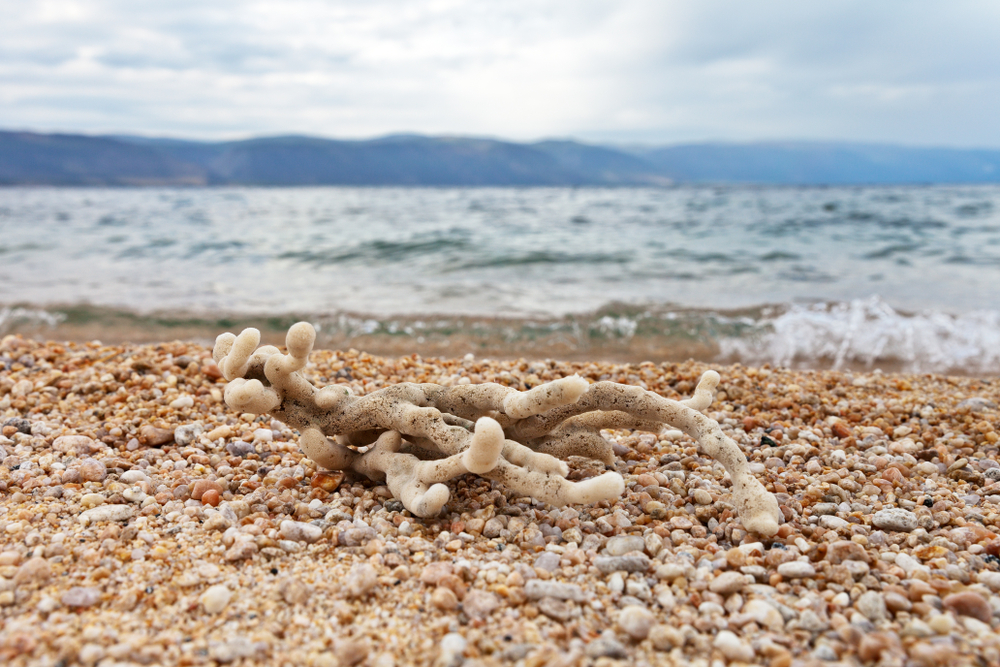
Shutterstock
Found in the world’s deepest freshwater lake, Lake Baikal in Siberia, these sponges are some of the oldest known freshwater organisms. Some specimens are estimated to be thousands of years old, thriving in the cold, oxygen-rich waters of the lake. These sponges play a critical role in filtering the water and maintaining the lake’s ecosystem. With a unique lime-green appearance, they are both a visual and ecological marvel. As silent sentinels of the lake, their longevity reflects the pristine conditions of Baikal, though recent pollution and climate change pose a growing threat to their survival.
18. Eastern Cape Giant Cycad
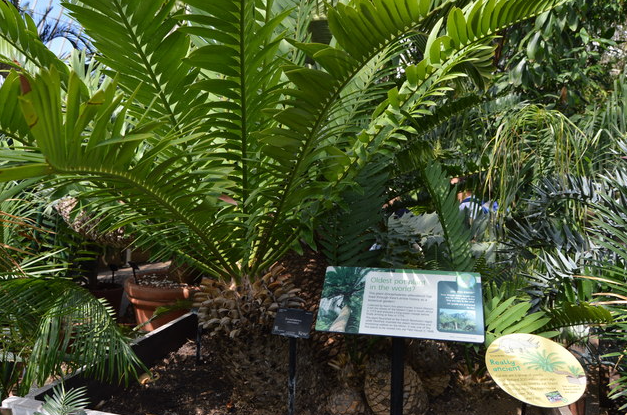
Wikimedia Commons
Cycads are ancient plants that date back to the age of dinosaurs, and the Eastern Cape giant cycad (Encephalartos Altensteinii) is among the most long-lived. Some specimens are believed to be over 1,000 years old. Native to South Africa, this species is known for its striking, spiky leaves and slow growth rate. Cycads are often referred to as “living fossils” because they have remained virtually unchanged for millions of years. Despite their resilience, cycads are critically endangered due to habitat loss and illegal poaching, underscoring the need for conservation efforts to protect these botanical time capsules.
19. Antarctic Hair Grass
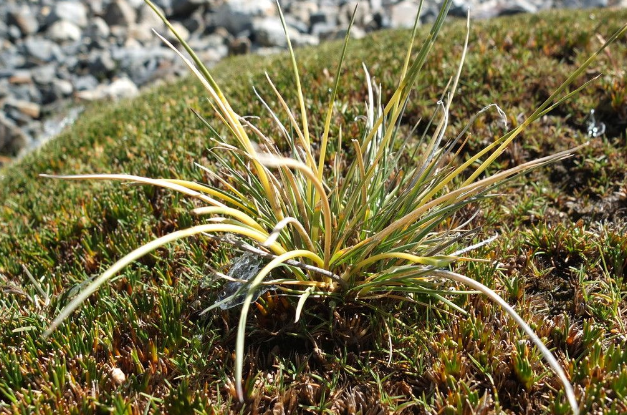
PlantNet
One of only two flowering plants native to Antarctica, Antarctic hair grass (Deschampsia antarctica) is an incredible survivor. While individual plants may not live thousands of years, their genetic lineage stretches back millennia, adapting to some of the harshest conditions on Earth. This resilient grass grows in rocky crevices and survives frigid temperatures, strong winds, and minimal nutrients. It plays a crucial role in stabilizing soils and providing a habitat for other life forms. Its ability to withstand extreme conditions highlights the perseverance of life, even in the face of an unforgiving environment.
20. Glass Frog
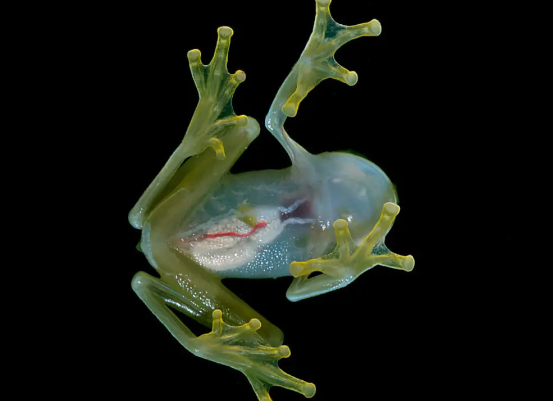
Animalia
Glass frogs may not live thousands of years, but they are evolutionary marvels whose lineage dates back millions of years. Found in Central and South America, these frogs are named for their translucent skin, which allows you to see their internal organs. While they are fragile in appearance, they are remarkably adapted to their rainforest habitats. Their survival in modern times is challenged by habitat destruction, making them symbols of resilience and vulnerability. Though their lifespans are short, their unique adaptations offer a glimpse into the ancient history of amphibians and the ecosystems they inhabit.
21. Japanese Cedar
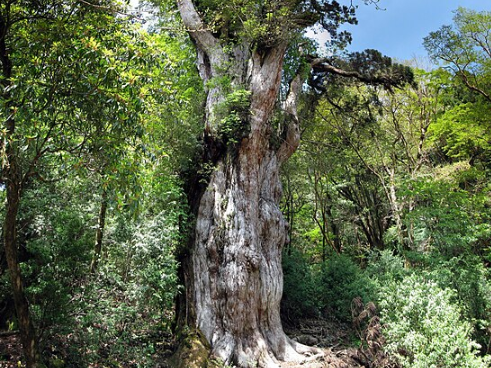
Wikimedia Commons
On Japan’s Yakushima Island stands Jōmon Sugi, a towering Japanese cedar estimated to be over 2,000 years old. This ancient tree is named after the Jōmon period, a prehistoric era of Japanese history. Jōmon Sugi’s immense trunk and sprawling branches make it a revered natural monument. The tree’s age and resilience symbolize endurance, and it plays an integral role in the island’s UNESCO World Heritage status. As a living witness to centuries of change, Jōmon Sugi stands as a testament to the interconnection between nature, history, and culture.
22. The Ocean Quahog Clam

Shutterstock
Ocean quahogs, a type of edible clam found in the North Atlantic, are some of the longest-living animals on the planet. One individual, nicknamed “Ming,” was discovered to be over 500 years old. These clams grow incredibly slowly, with their shells accumulating layers that scientists use to study ocean conditions over centuries. Their remarkable lifespans highlight the resilience of marine life, but they are also vulnerable to overfishing and environmental changes. Ocean quahogs offer a fascinating glimpse into the longevity of sea creatures and the stories hidden within their shells.
23. Dragon’s Blood Tree
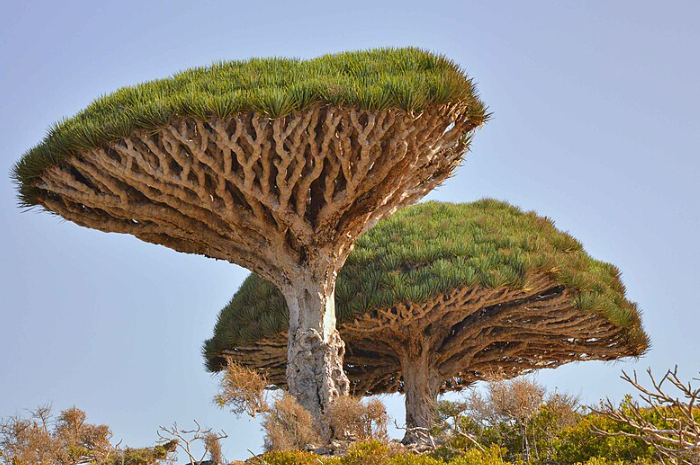
Wikimedia Commons
Native to the Socotra archipelago off the coast of Yemen, the Dragon’s Blood tree (Dracaena cinnabari) is a unique and ancient species that has existed for millions of years. Its umbrella-like canopy and bright red sap, often called “dragon’s blood,” make it instantly recognizable. While individual trees can live for centuries, the species’ lineage stretches back to prehistoric times. The tree’s sap has been used for centuries in traditional medicine and dyes. Its survival in such an arid environment speaks to its incredible adaptability, but habitat loss and climate change now threaten this extraordinary living relic.
24. Baobab Trees

Flickr
Known as the “Tree of Life,” baobab trees are iconic in African landscapes and can live for over 2,000 years. Their massive trunks store thousands of liters of water, enabling them to survive prolonged droughts. These ancient trees provide food, shelter, and medicine to local communities, making them invaluable both ecologically and culturally. Baobabs are also home to countless species of birds, insects, and mammals. Sadly, many of the oldest baobabs are dying due to climate change and environmental stress, raising concerns about the future of these majestic giants.
25. The Redwood Trees of California
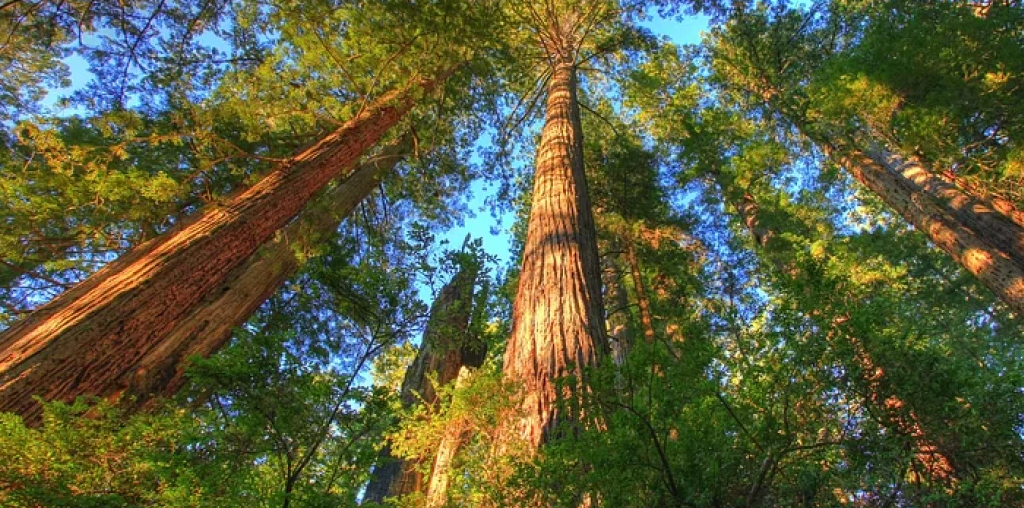
RawPixel
The coastal redwoods of California are among the tallest and oldest trees on Earth, with some specimens over 2,000 years old. These towering giants dominate the forest canopy, reaching heights of over 300 feet. Their thick bark and tannin-rich wood make them resistant to fire and decay, contributing to their longevity. Redwood forests create unique ecosystems, supporting a wide range of flora and fauna. Despite their resilience, logging and habitat destruction have drastically reduced their range, making conservation efforts critical. Visiting a redwood forest is a humbling experience, standing beneath trees that have silently witnessed millennia of Earth’s history.


